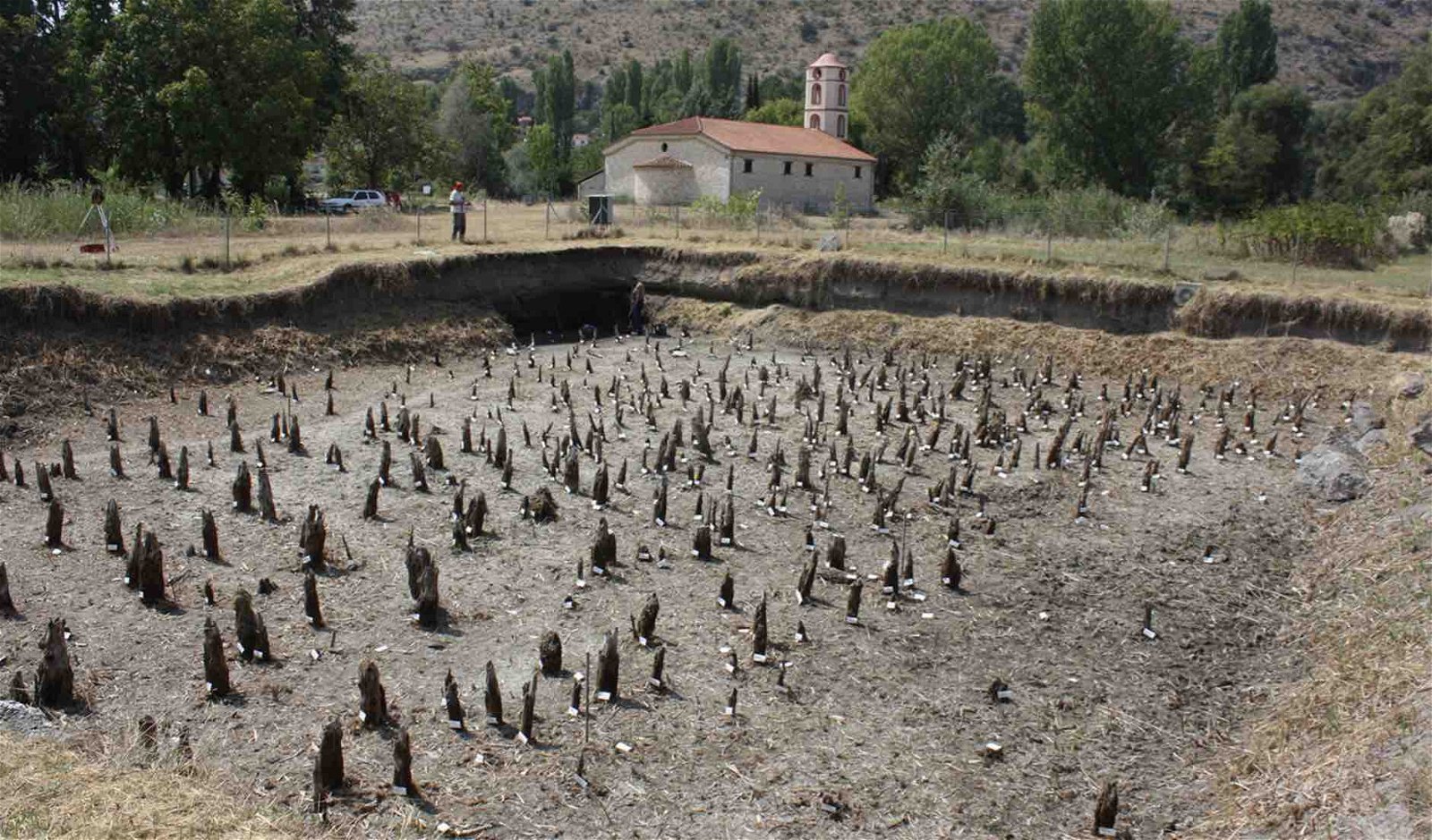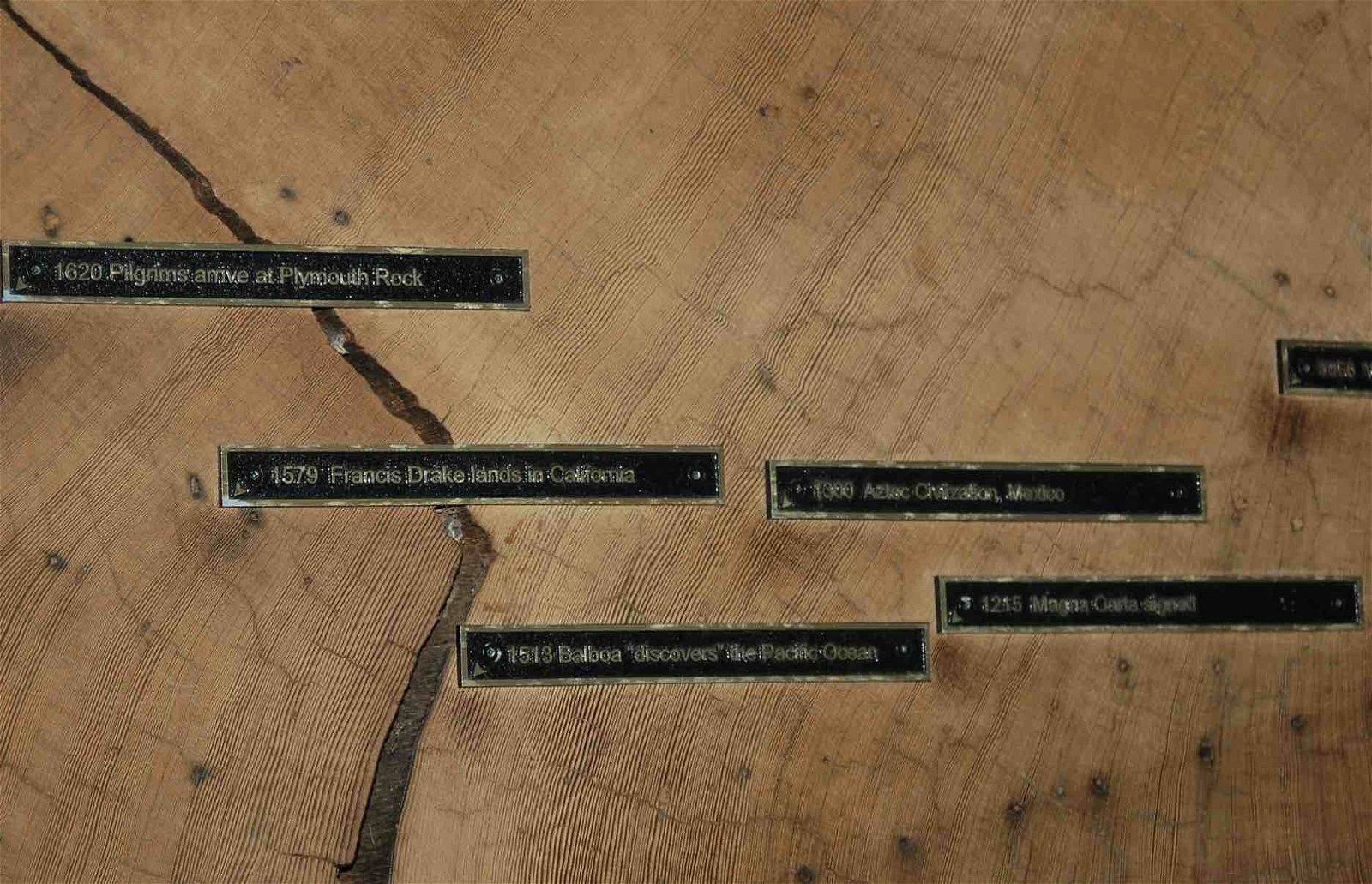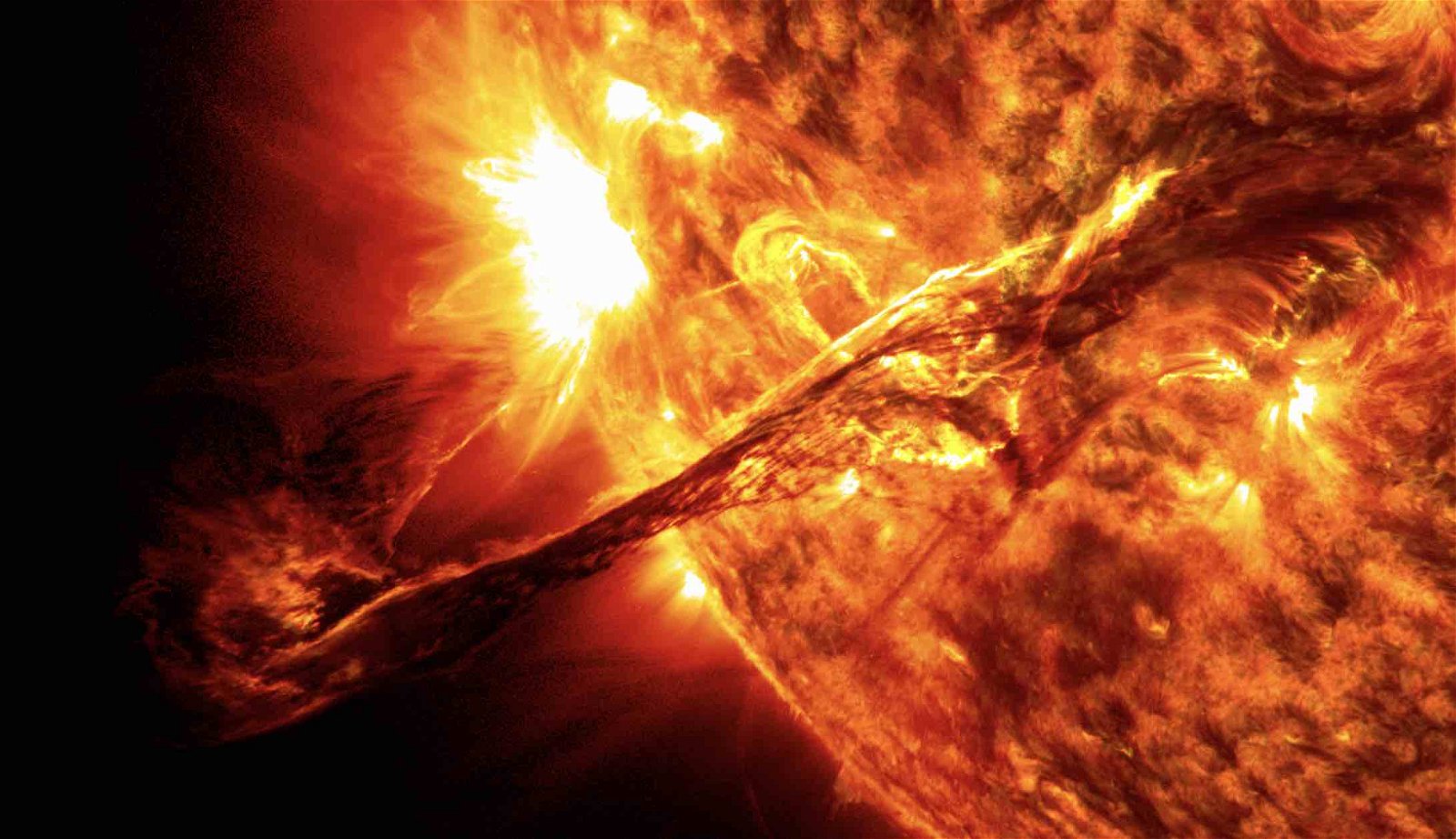In 5,259 BC, our planet was bombarded with a shower of highly energetic particles resulting from a rare cosmic event of exceptional magnitude. Initially revealed through the discovery of carbon isotopes measured in ancient tree ring data, the event produced a roughly two percent increase in atmospheric Carbon-14 (14C), making it one of the strongest events of its kind known to scientists.
Now, researchers at the University of Bern have used data related to this mysterious ancient event to help them accurately date a prehistoric settlement in northern Greece, an achievement that reveals new clues about the lives of farmers who were known to have thrived there more than 7,000 years ago.


The breakthrough relied on the combination of annual growth ring measurements with the measurable spike in cosmogenic radiocarbon that occurred during the 5259 BC event. This allowed them to establish a chronological reference point for producing accurate dates for the historic settlement, which now may significantly aid archaeological dating at other sites in Southeast Europe.
Additionally, the team behind the new findings says their methods could mark a new standard for dating ancient sites through such processes.
An Extreme Cosmic Event in Ancient Times
In 2022, researchers discovered a pair of extreme solar energetic particle (SEP) events by employing carbon isotope measurements in ancient tree rings dated to 7176 and 5259 BC. Each of the events yielded an increase in 14C of about 2%, a relatively small percentage, albeit one indicating events of far greater magnitude than all similar events previously observed.
Such occurrences happen periodically during eruptive events such as flares and coronal mass ejections, the most recent of which bombarded the planet with cosmogenic radiation beginning on May 10, 2024, producing visible aurorae in parts of the world where such colorful light displays are rarely seen.
Since the observational record is too short to provide an accurate estimation of the frequency of extremely rare SEP events, scientists look for the presence of radionuclides like 10Be, 14C, and 36Cl, all of which can be produced when cosmic rays strike Earth’s atmosphere—to help them reconstruct a clearer picture of past solar activity and highly energetic events like the one that occurred in 5259 BC.
Stories Told in Tree Rings
Dendrochronology, the process of using annual growth discernible in tree rings to help date events from the past, is useful for more than just determining things like when extreme solar events have occurred: archaeologists also use it to help them reveal the ages of ancient artifacts and archaeological features that include tombs and settlements.


Now, a team from the University of Bern, led by the Institute of Archaeological Sciences, was successfully able to produce dates for the ancient site of Dispilio in northern Greece, using evidence of high-energy particles revealed in timber discovered at the site.
Previous attempts to date the site had proven difficult for a variety of reasons, which include the fact that while tree-ring data extending further back than 12,500 years is readily attainable in many parts of Europe, the same is rarely true for the Mediterranean, according to Andrej Maczkowski, lead author of a study outlining the University of Bern team’s findings.
In fact, there are only a handful of regions around the world where the presence of continuous tree-ring chronologies allows dating accuracy down to the year, such as parts of the American Southwest and northern Alpine foothills and parts of the British Isles. Because of this, dendrochronological dating methods have traditionally been limited.
Miyake Events: A Paradigm Shift in Dating the Past
That is, until 2012, when a breakthrough made by Japanese physicist Fusa Miyake revealed that cosmic rays originating from solar flares resulted in spikes in radionuclides, specifically the presence of 14C content found in tree rings.
Now known as Miyake events, dendrochronological data related to these occurrences offer researchers a powerful tool in the form of global anchor points for dating under conditions where annual growth ring chronologies are normally absent. Scientists have now charted Miyake events as far back as 12,350 BC.
“Miyake’s discovery was a paradigm shift,” said Albert Hafner, a University of Bern Professor of Prehistoric Archaeology and senior author of the team’s new study.
Now, Hafner and his colleagues say the area has become “the first region to benefit from this paradigm shift, allowing for absolute dating independent of a consistent calendar.” This is a significant point given that the Balkans are home to many of Europe’s earliest settlements, many of which existed along ancient lakes and other bodies of water around or just after 6000 BC. These thriving ancient communities played a key role in the spread of agriculture throughout the rest of the continent during the ensuing thousands of years.
Precision Dating of an Ancient Greek Settlement
In their recent research, the Bern team was able to define a growth ring chronology spanning more than 300 years that ends in 5140 BC, which they achieved by analyzing 787 timber samples collected at Dispilio. With knowledge of the Miyake event that occurred in 5259 BC, the team was able to determine very precise dating that aligned with existing global tree-ring chronologies.


Of key significance, the Bern team’s research greatly advances our understanding of prehistoric timelines, offering crucial information for archaeologists and historians about the spread of early farming communities throughout Europe.
“We expect other regional chronologies to rapidly link to the ‘Dispilio Chronology,’” Maczkowski said, “paving the way for a comprehensive dendrochronology for the southern Balkans.”
Maczkowski, Hafner, and the team’s new paper, “Absolute dating of the European Neolithic using the 5259 BC rapid 14C excursion,” was recently published in the journal Nature Communications.
Micah Hanks is the Editor-in-Chief and Co-Founder of The Debrief. He can be reached by email at micah@thedebrief.org. Follow his work at micahhanks.com and on X: @MicahHanks.

